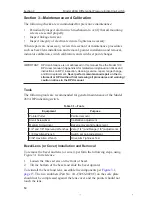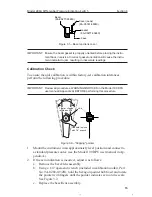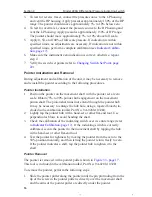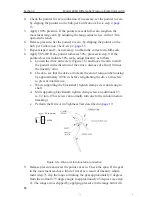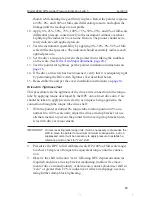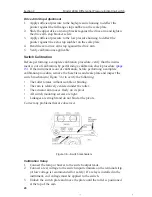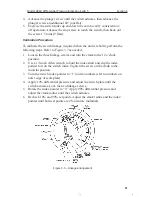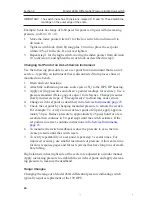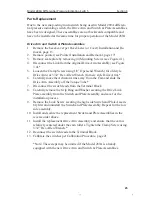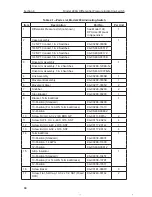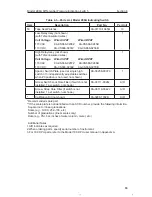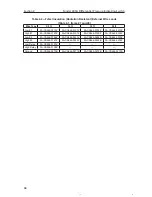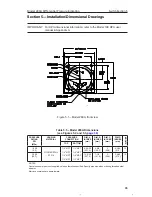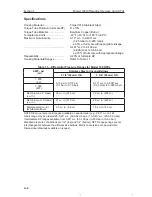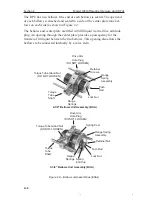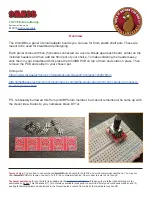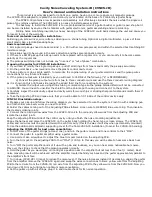
28
Section 3
Model 289A Differential Pressure Indicating Switch
Table 3.2—Troubleshooting
Problem
Possible
Source
Probable Cause
Corrective
Action
Switch
Drifts
(set
point not
repeat-
able)
Process
Changes
Transients or surges cause switches to
actuate prematurely
Add time delay
gages or add time
circuit
Set point and/or deadband are too
wide in pressure valves
Specify DP range
as low as practi-
cal; set point
repeatability and
deadband are
percentage of full
range
Electrical overloads affect the spring
properties of the leaf actuator in the
switch
Examine circuits
for voltage,
amperes
DC inductive loads cause arcing and
burning of contacts
Consider arc-sup-
pression devices
or relays
Accumulation of fluids in piping gener
-
ate artificial signal
Vent gas or drain
liquids from signal
lines
Calibration
Techniques
Failure to check set point after locking
Verify set point
repeatability after
locking switch
plate
Rapid pressure change or venting
system
During calibration,
make pressure
changes in slow,
discrete steps
Pressure application in reverse
Test low-alarm
with decreasing
pressure and
high-alarm with
increasing pres-
sure
Reference gage inaccuracy
Suitable pressure
standard such
as manom-
eter, dead-weight
tester, or Heise-
type gage may be
required
Damage to switch contacts
Adjust plunger
screws carefully
to avoid damage
to internal parts of
switch

